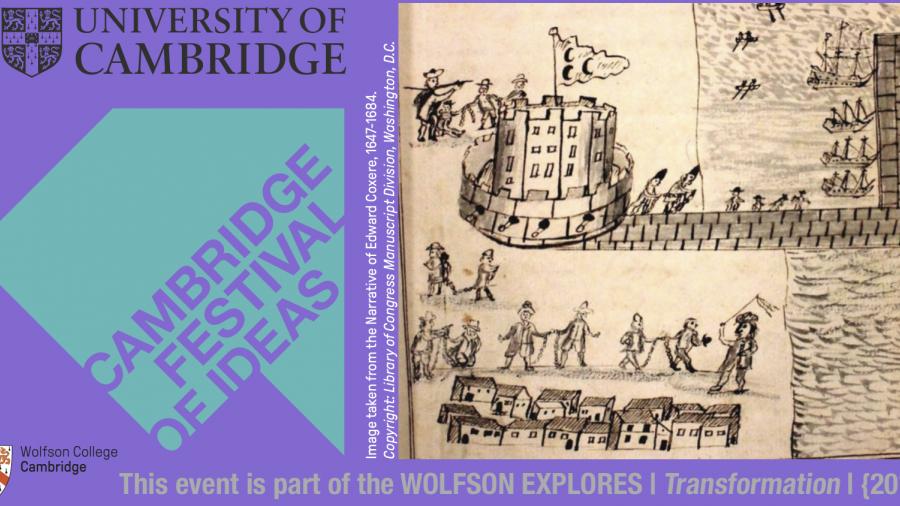
Justin Meggitt, Senior Lecturer in the Study of Religion, talks about the abolition of slavery and the need to change our thinking about one important aspect of its origins.
The Germantown Petition, written in Pennsylvania in 1688, is usually judged to be the first collective statement against slavery in world history and an initial, if faltering, step in the abolition of the Atlantic slave trade. But, despite its significance, the circumstances that shaped its composition have received little attention. In particular, the opening appeal to the reader to remember that they too might be enslaved has regularly been ignored or dismissed as hypothetical. However, there is extensive evidence that, at the time it was written, the signatories had friends and relatives who were enslaved, with other Europeans and Africans, in North Africa, something that should lead us to re-examine how the Petition should be interpreted. For example, instead of it being understood solely in the light of other early criticisms of the Atlantic slave trade, the Petition needs to be read alongside writings such as George Fox’s To the Great Turk and his King at Argiers [sic] (1680), an attack on North African slavery (and which, unusually, used extensive quotations from the Qur'an to make its case). Knowledge of the context that gave rise to the Germantown Petition demonstrates how two distinctive forms of slavery, found in the Mediterranean and the Atlantic, often treated as entirely unrelated phenomena, were, in fact, deeply intertwined.